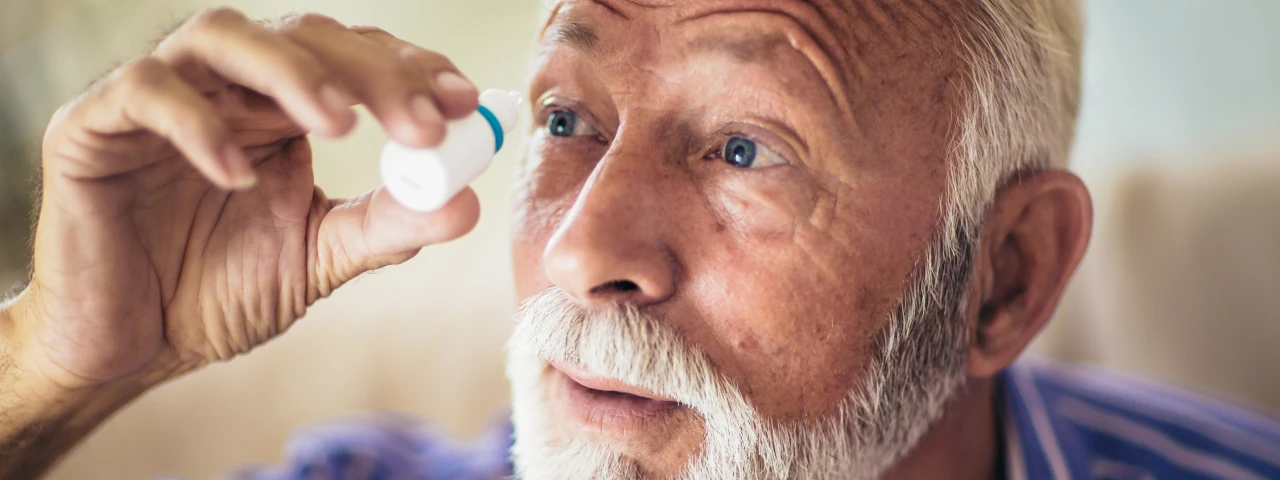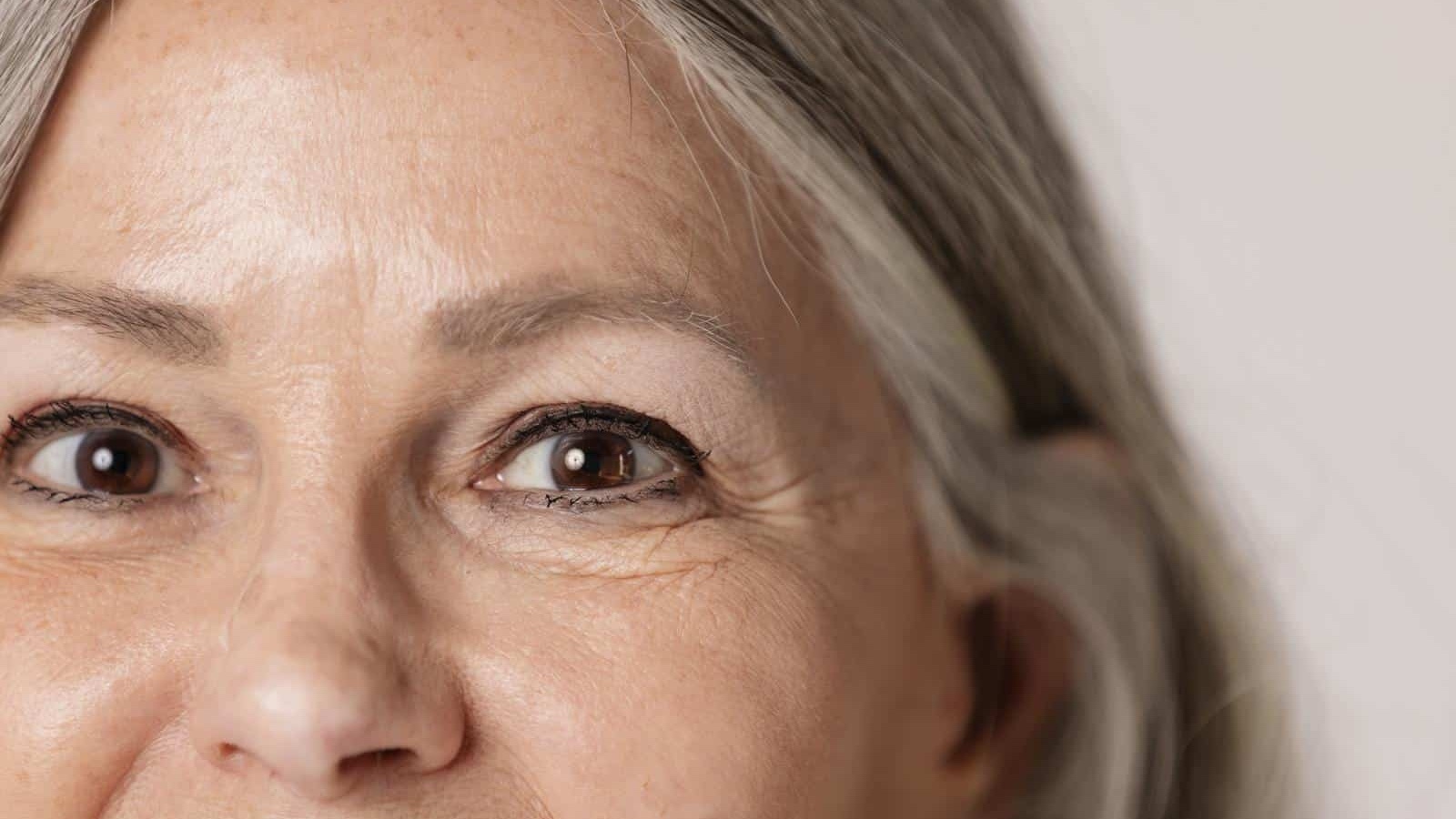7 Early Signs of Cataracts and What To Do Next
Cataracts are among the most common eye conditions, especially as we age. They occur when the normally clear eye lens becomes cloudy, leading to vision problems that can significantly affect daily life.
Recognizing the early signs of cataracts can help you seek timely treatment, preserve your vision, and improve your quality of life. In this blog post, we’ll explore the early signs and symptoms of cataracts, how they develop, and what steps you can take if you suspect you have them.
How Cataracts Develop Over Time
Cataracts form gradually as proteins in the eye’s lens clump together, causing a loss of clarity. This process can be slow, but you may begin to notice the early signs of cataracts sooner than you think. Over time, these early cataract symptoms worsen, making everyday activities more difficult.
Recognizing the early-stage cataract symptoms gives you the opportunity to take action before vision loss progresses. Knowing what to look for is the first step. These are the most common early signs of cataracts you should know about.
7 Early Signs and Symptoms of Cataracts
1. Blurry or Cloudy Vision
One of the most noticeable early signs of cataracts is blurry or cloudy vision. It may feel like you’re looking through a foggy window or a piece of wax paper. This cloudiness can occur in small patches or affect your entire field of vision. You might find it increasingly difficult to see clearly, especially when trying to drive or perform tasks that require sharp vision.
2. Difficulty Seeing at Night
As cataracts progress, they can cause vision problems in low-light conditions, such as at night or in dimly lit rooms. You may notice that driving at night becomes more challenging, especially when it comes to seeing street signs, lane markers, or other vehicles. The increased difficulty seeing in dark conditions can be hazardous and should not be ignored.
3. Sensitivity to Light and Glare
If you find yourself squinting or shielding your eyes more often, you may be experiencing increased sensitivity to light and glare, which is a common early cataract symptom. Bright sunlight, headlights, or indoor lighting can seem overwhelmingly harsh, making it uncomfortable to be in bright environments. Glare from lights can also create halos or starburst patterns around them, further complicating your vision.
4. Halos Around Lights
Seeing halos around lights, particularly at night, is another early sign of cataracts. These halos often appear as bright circles or rings of light surrounding streetlights, car headlights, or other illumination sources. Halos can be distracting and make night driving more dangerous, contributing to the sense that lights are excessively bright or blurry.
5. Fading or Yellowing of Colors
Cataracts can cause colors to appear faded, dull, or less vibrant. You might notice that whites seem more yellow or that your overall perception of color has changed. This early cataract symptom occurs because the condition can filter light differently, altering how you see the world around you. Everyday tasks, such as matching clothing colors or appreciating the beauty of a Southwest Florida sunset, can become more difficult.
6. Double Vision in One Eye
Because a clouded lens causes light to scatter in multiple directions, you may see displaced images of the same object. This type of double vision (monocular diplopia) is an early sign of cataracts, and it’s different than typical double vision that stems from eye muscle or nerve problems. That’s because it can be seen even when the other eye is closed.
7. Need for Brighter Light When Reading
Cataracts block some of the light that normally passes through the retina, reducing contrast sensitivity. If you’re having difficulty distinguishing letters while reading in dim light, it could be another early sign of cataracts. You may find yourself turning on brighter lamps or using a book light just to read clearly. This early cataract symptom also affects other activities that rely on fine detail in lower light, such as sewing, personal grooming, writing, or using your phone.
What To Do if You Have Any of These Early Signs of Cataracts
The common signs and symptoms of cataracts can heavily impact your day-to-day life, but you don’t have to wait for your vision to worsen to get help. At Snead Eye Group, we believe everyone deserves the best possible vision, and that starts with seeing the experts.
If you’re experiencing one or more of these early-stage cataract symptoms, schedule a free cataract screening with our team. We’ll evaluate your vision, check for cataract development, and discuss personalized options as you start your journey to optimal vision.
Early detection makes all the difference, and many patients are surprised by how much clearer, brighter, and colorful Southwest Florida living can be after addressing their condition.





